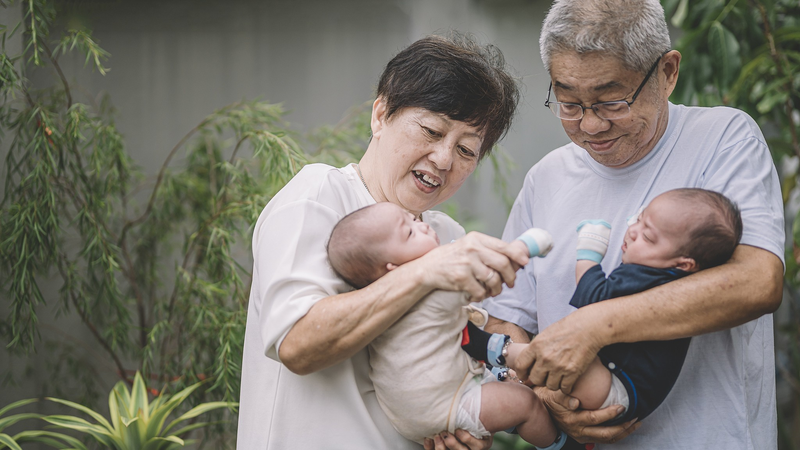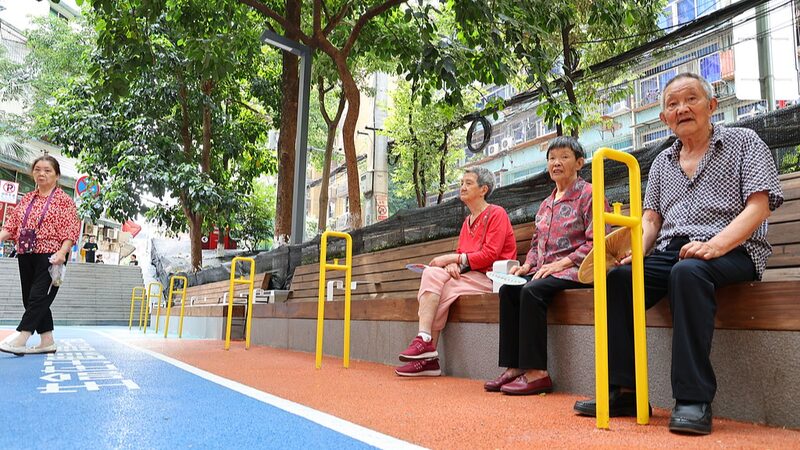China is navigating a pivotal demographic transformation as its population aged 60 and above exceeds 300 million, with projections suggesting a surge to 390 million by 2030. This shift positions the nation to transition from a moderately aged to a severely aged society within the decade, prompting comprehensive policy reforms targeting both elderly care and youth development.
Aging Society Meets Policy Innovation
The Fourth Plenary Session of the 20th Communist Party of China Central Committee recently outlined strategies for the 15th Five-Year Plan (2026–2030), emphasizing the integration of elderly and youth-focused initiatives. Central to this blueprint is strengthening the social safety net through pension system reforms and expanding the "silver economy"—a growing sector encompassing elderly healthcare, technology, and specialized services.
Investing in the Next Generation
Parallel efforts aim to alleviate family burdens and boost birth rates by enhancing childcare support and education systems. The plan prioritizes high-quality public services, including affordable education and policies to reduce the financial strain of raising children, signaling a long-term commitment to sustainable population development.
Global Implications and Opportunities
For international investors and policymakers, China’s focus on care industries, public health, and demographic technologies highlights emerging growth sectors. State-led investments in these areas are expected to accelerate, offering potential partnerships and market opportunities aligned with the country’s demographic goals.
This dual approach underscores China’s strategy to balance immediate social needs with future economic stability, ensuring policy continuity through 2030 and beyond.
Reference(s):
cgtn.com







